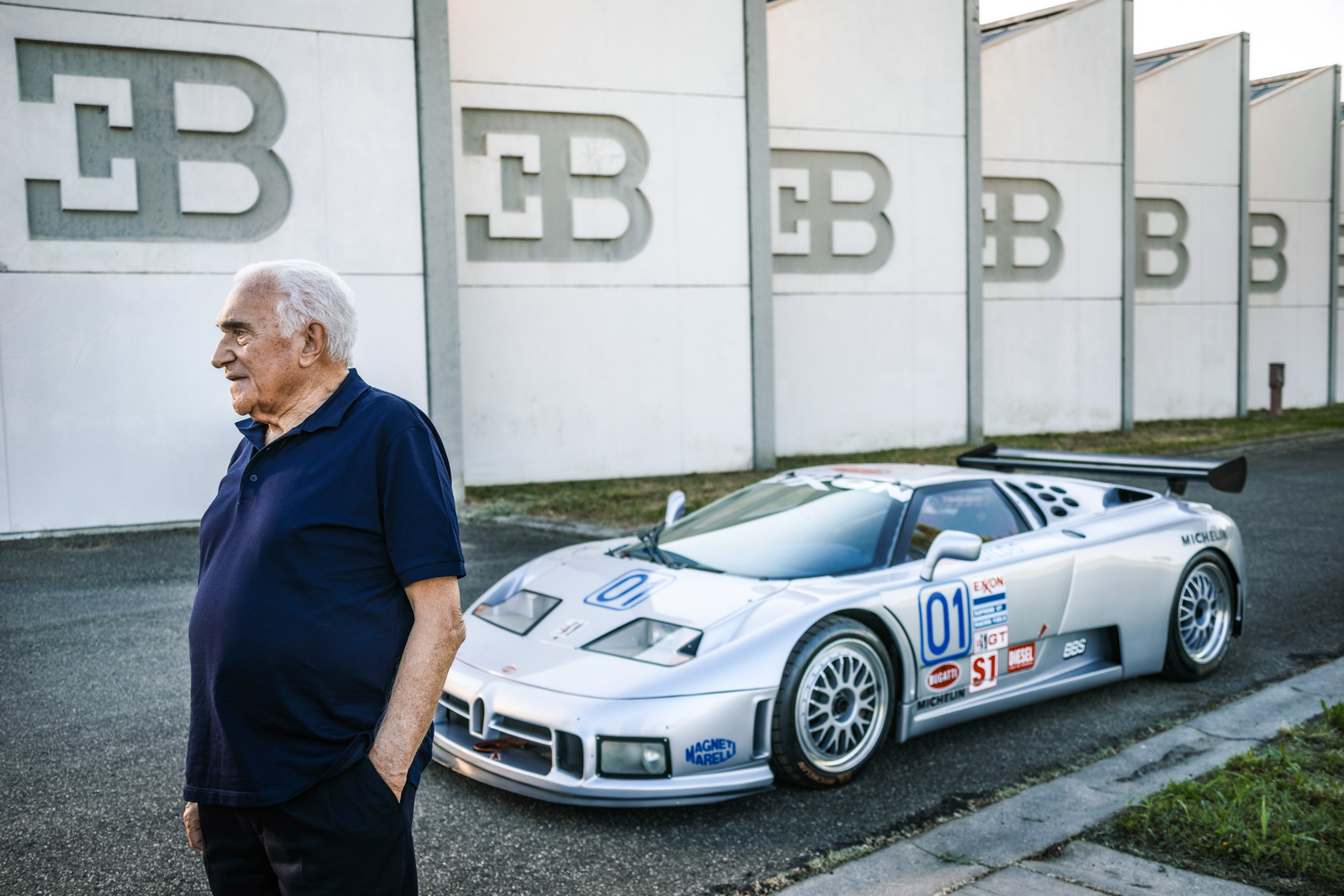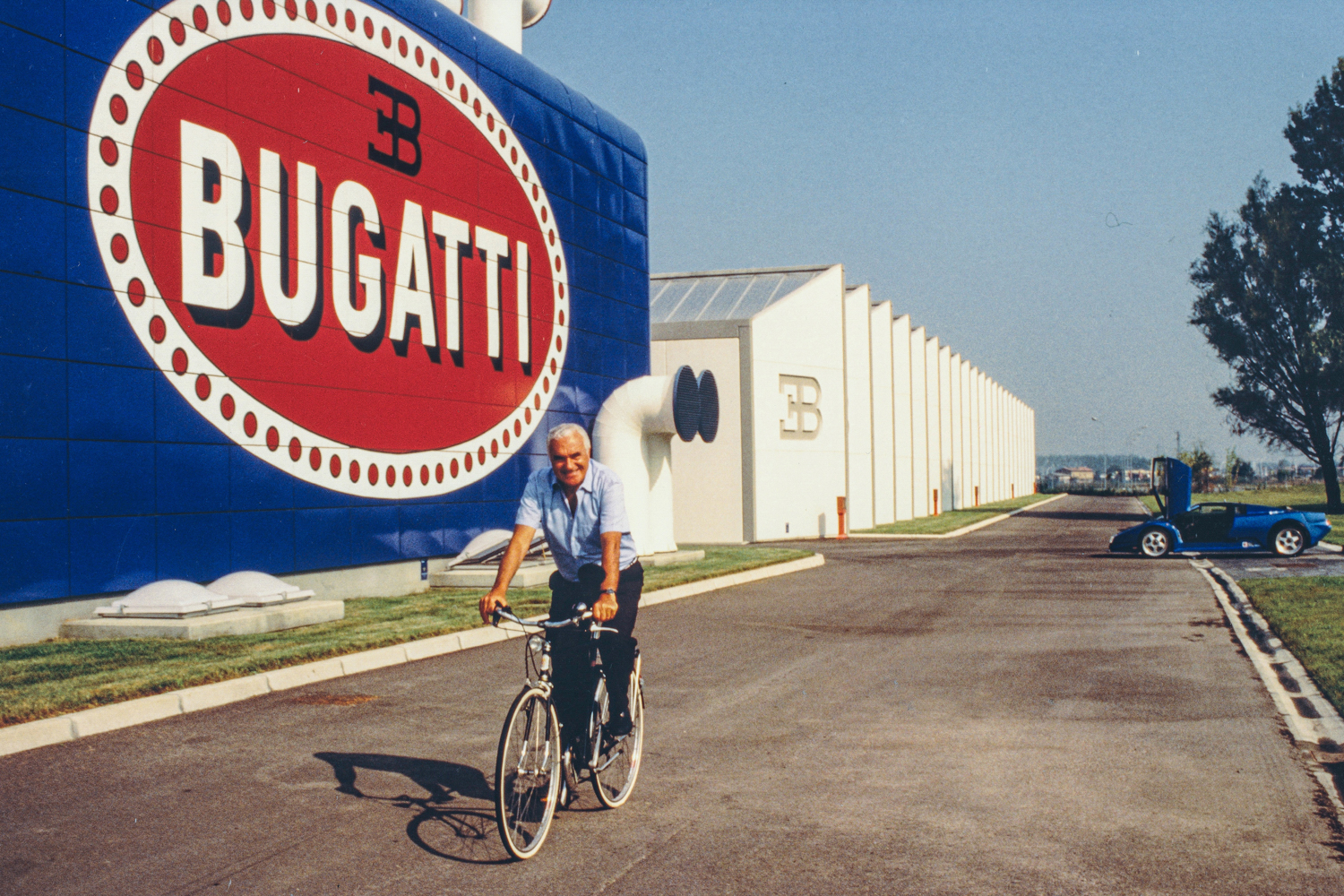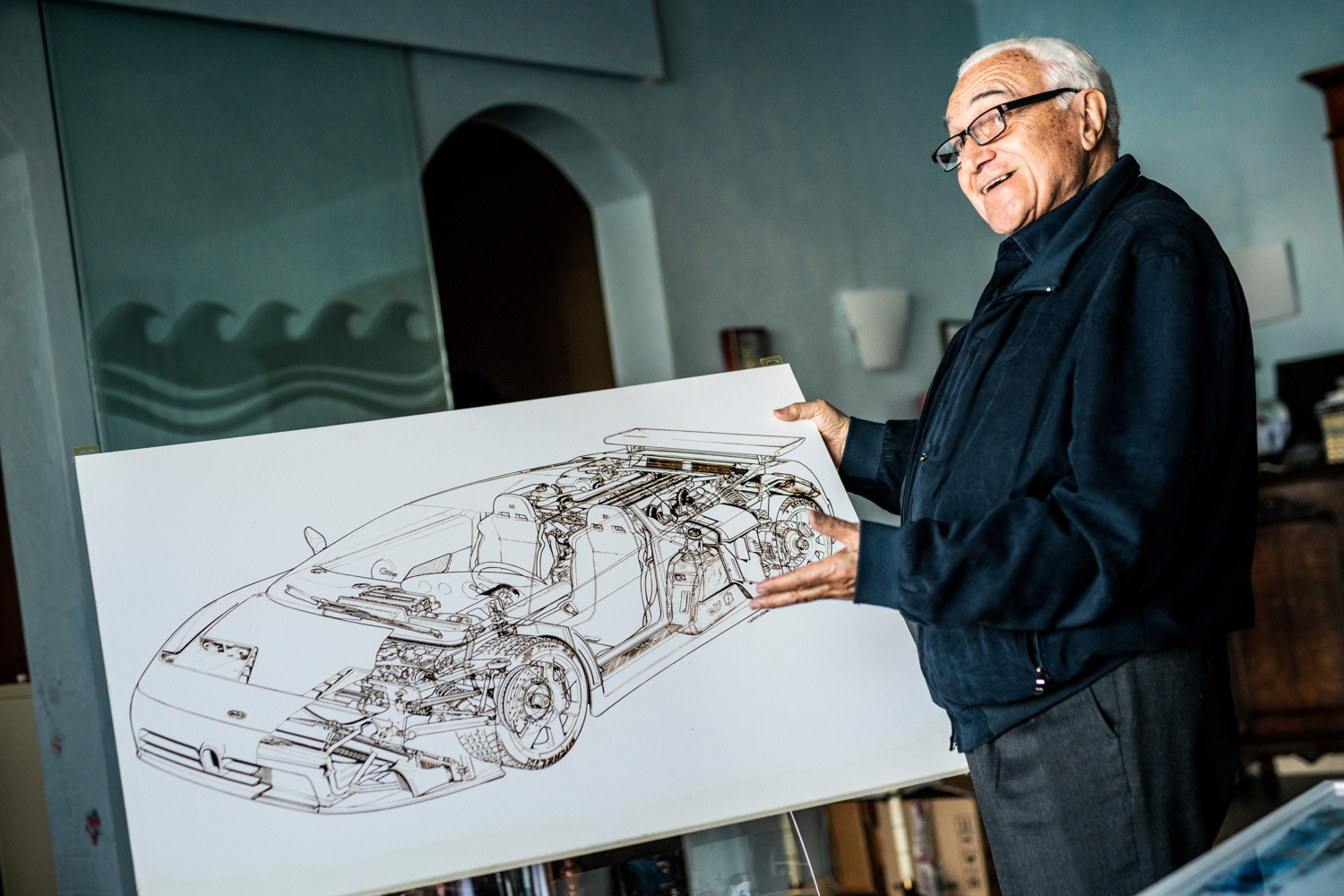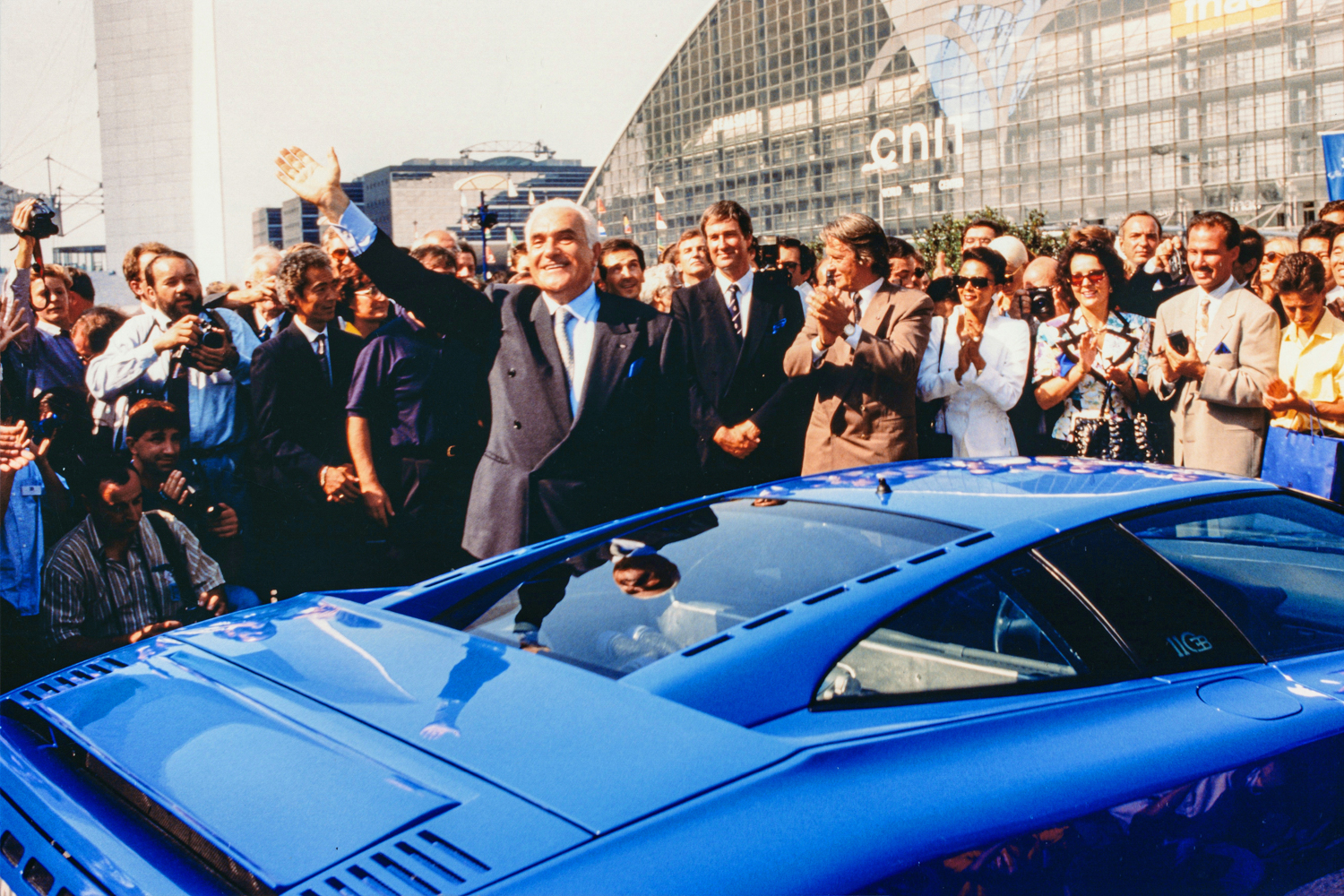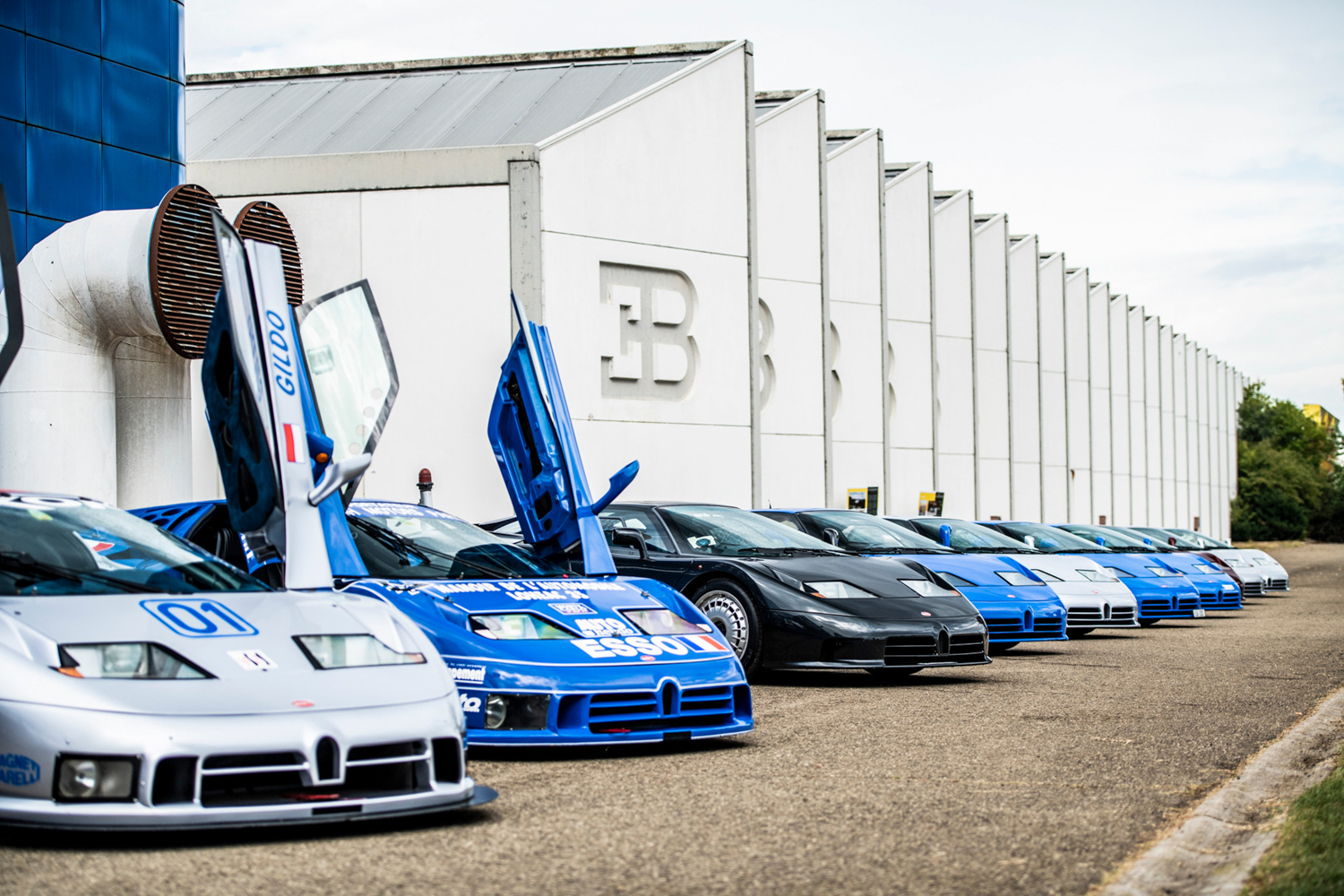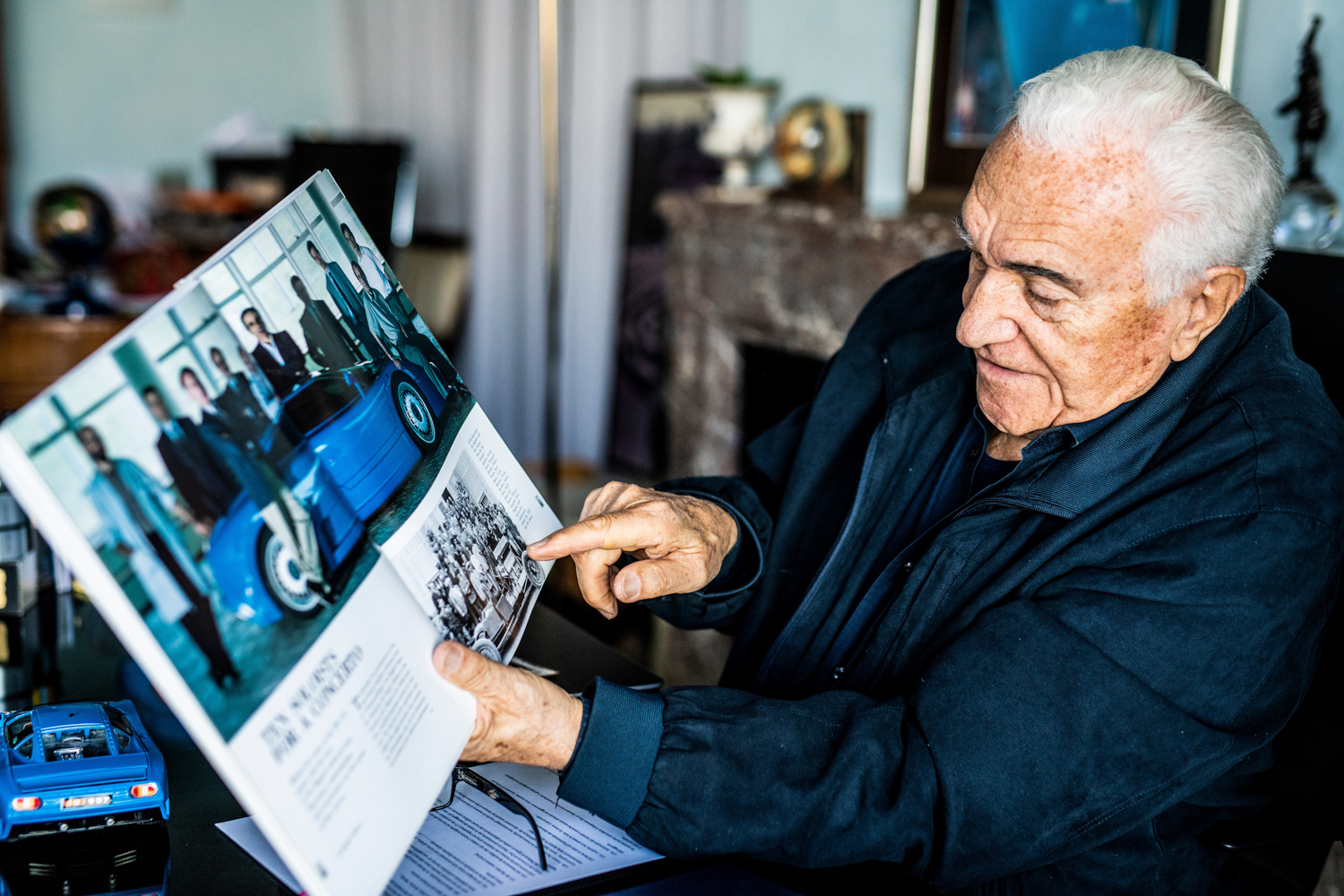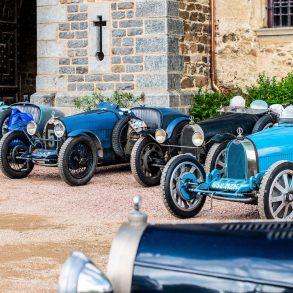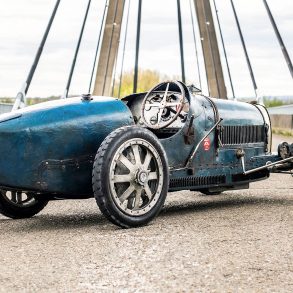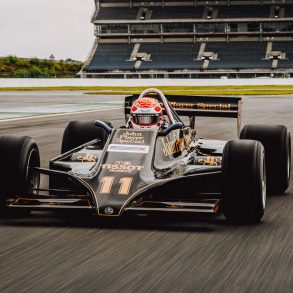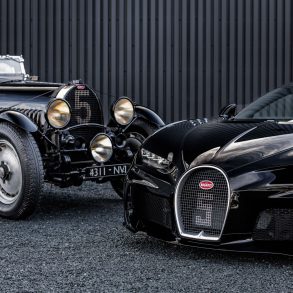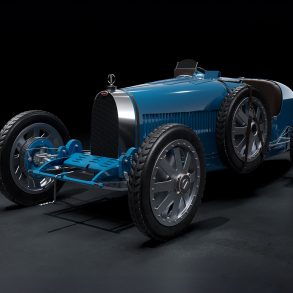In 1952, a young, 20-year-old technician in Italy watched in astonishment as Bugatti tragically ceased production in Molsheim, France. Three decades later, at the age of 59, that technician – by now a successful entrepreneur – facilitated the foundations that would form the basis of the modern day Bugatti brand. That man was Romano Artioli, who today, December 5th, celebrates his 90th birthday.
Romano Artioli was always destined to play his part in the automotive industry. Even as a child a book about simply obtaining a driving license proved to capture his imagination so strongly that he would read it repeatedly from cover to cover. He studied mechanical engineering and went on to repair cars, before eventually setting up an automotive retail and import business. By the mid-1980s, this business became so successful that Romano was able to begin discussions with the French government about buying the Bugatti brand. In 1987, his dream became a reality.
Just as it remains the beating heart of Bugatti today, Romano recognized the importance of Molsheim as a symbolic home of the brand. But he also quickly realized that the engineers and designers he needed to create something incomparable were no longer in the area. The rebirth of Bugatti had to be marked by a car that remains true to the very ethos of the company’s founder: “If comparable, it is no longer Bugatti.” Romano therefore needed the most brilliant engineers, the leading technical minds, the best facilities and the most visionary designers – many of which he could find in Modena, Italy.
In the years that followed from the late 1980s, the world’s most modern car production plant was built with intensive planning on a site covering 240,000 square meters in the vicinity of Ferrari, Maserati, De Tomaso and Lamborghini. The base incorporated an administrative building, design studio, engine and test development area, production halls, test track, a stylish canteen and an exhibition space.
The facilities themselves were very impressive, but Romano knew that the sense of family and community had always been crucial to the success of Bugatti. He established a close-knit team of people, led by some of the greatest engineers and designers of their generation. It was a team that he couldn’t have pulled together in Molsheim, but he wanted to replicate the enormous sense of pride and community that Ettore Bugatti had established as ‘Le Patron’ in France.
From the brilliant minds of Nicola Materazzi, Marcello Gandini, Giampaolo Benedini and – of course – Romano Artioli came the EB110, the best and fastest super sports car at the time. The EB110 featured the first series-produced carbon chassis, all-wheel drive, four turbochargers, and a 3.5-liter V12 engine with five valves per cylinder and a power output of 560 PS. It was, quite simply, unlike anything else on the road.
Revealed on Ettore Bugatti’s 110th birthday, it was an instant revelation. In fact, the design was so forward-looking that at first some commentators were unsure of the EB110’s treatment and proportions. But the EB110 would go on to achieve recognition from both the design world as well as throughout the global automotive industry.
“Romano Artioli loves the Bugatti brand, but more than that he understands it intimately. When he bought Bugatti, he knew that simply building a car that copied the rest of the industry was not truly in the spirit of the founder. While everyone else was creating racing cars for the road, his idea was to pursue the creation of the ultimate GT. And to do it with technologies never before seen in a road car and with a timelessly elegant design. It was, in every sense, a true Bugatti,” said Achim Anscheidt, Bugatti Design Director.
As a result, the EB110 immediately appealed to aficionados no matter what their background. The car was an automotive icon. It became the dream of young children that dared to hope and the desire of connoisseurs that wished to be part of the new Bugatti legacy. Perhaps the EB110’s biggest fan at the time was Michael Schumacher, who purchased his yellow EB110 SS in 1994.
Yet despite it being heralded as a true futuristic automotive creation, Romano’s wonder achievement couldn’t compete with the upcoming severe global economic downturn. Despite its many fans and its undoubted greatness, like so many other things at the time, the EB110 was impacted heavily by a sharp and painful recession. On September 23, in 1995, Romano filed for bankruptcy.
The EB110 later served as the inspiration for an entirely new limited-edition coachbuilt Bugatti: the Centodieci. Revealed in 2019, the design team reimagined this iconic moment in Bugatti history for the modern era; Romano, the marque’s second ‘Patron’, not only masterminded the rebirth of the Bugatti brand but also envisioned the first hyper car in the world: the EB110. Just ten examples of this EB110-inspired and highly exclusive Bugatti Centodieci have been hand-built in the Molsheim Atelier, with the final example due to be shortly delivered to its owner.
That sense of family and community that Romano had so carefully integrated into his company has never faded. During the research phase for the Bugatti Centodieci, a visual homage to the EB110, the Bugatti team spoke to a number of the original creators of the car, many of whom recalled their experiences with tears in their eyes. In the ‘Fabbrica Blu’, to this day, tools remain on workbenches and calendars hang on walls; the thought that people would be leaving this place for the very last time had not even occurred to them, such was the belief in the company and the vision.
“We at Bugatti today have much to thank Romano for. He is such a warm-hearted man with a great passion for our brand. Out of his generosity in reviving Bugatti in the ’80s and defining a vision for it in the modern day, he laid the foundations for the creation of Veyron and the character of Bugatti today,” continued Achim Anscheidt, Bugatti Design Director.
Today, the enduring greatness of Romano Artioli’s EB110 is clear to see. All over the world, his brainchild remains highly collectible and desirable, consistently establishing record prices at the world’s most prestigious auctions. At Pebble Beach, an EB110 Super Sport was sold for a record price of $3.16m.


